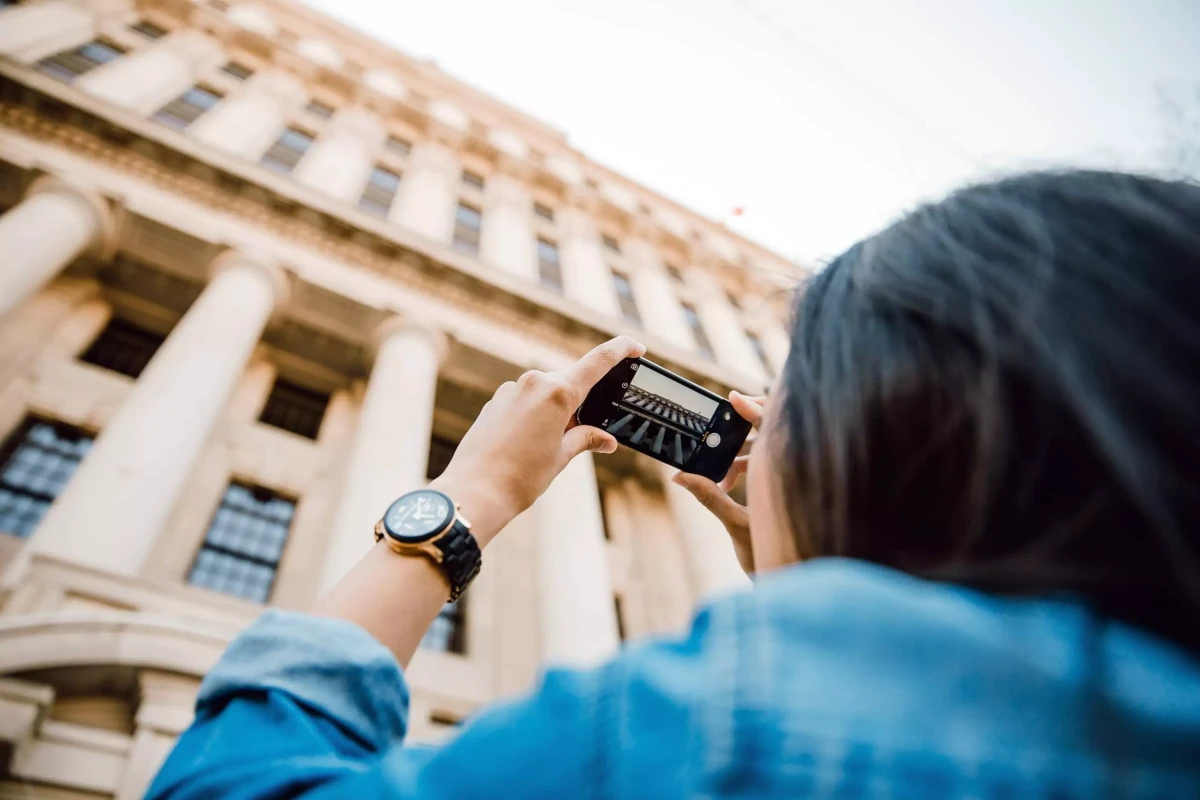Cam kết đổi mới và bền vững
Études là một công ty tiên phong, kết hợp liền mạch giữa sáng tạo và chức năng để tái định nghĩa sự xuất sắc trong kiến trúc.

Niềm đam mê tạo ra không gian
Bộ dịch vụ chuyên nghiệp toàn diện của chúng tôi phục vụ đa dạng khách hàng, từ chủ nhà đến nhà phát triển thương mại.
Cải tạo và Phục hồi
Trải nghiệm sự kết hợp giữa trí tưởng tượng và chuyên môn với Giải pháp Kiến trúc Études.
Hỗ trợ Liên tục
Trải nghiệm sự kết hợp giữa trí tưởng tượng và chuyên môn với Giải pháp Kiến trúc Études.
Truy cập Ứng dụng
Trải nghiệm sự kết hợp giữa trí tưởng tượng và chuyên môn với Giải pháp Kiến trúc Études.
Tư vấn
Trải nghiệm sự kết hợp giữa trí tưởng tượng và chuyên môn với Giải pháp Kiến trúc Études.
Quản lý dự án
Trải nghiệm sự kết hợp giữa trí tưởng tượng và chuyên môn với Giải pháp Kiến trúc Études.
Giải pháp kiến trúc
Trải nghiệm sự kết hợp giữa trí tưởng tượng và chuyên môn với Giải pháp Kiến trúc Études.
Hàng loạt tài nguyên
Bộ dịch vụ chuyên nghiệp toàn diện của chúng tôi phục vụ đa dạng khách hàng, từ chủ nhà đến nhà phát triển thương mại.
Ứng dụng Kiến trúc sư Études
- Cộng tác với các kiến trúc sư đồng nghiệp.
- Trưng bày các dự án của bạn.
- Trải nghiệm thế giới kiến trúc.


Bản tin Études
- Thế giới bài viết kích thích tư duy.
- Các nghiên cứu điển hình tôn vinh kiến trúc.
- Truy cập độc quyền vào thông tin chi tiết về thiết kế.
“Études đã giúp chúng tôi tiết kiệm hàng nghìn giờ làm việc và đã khai mở những hiểu biết mà chúng tôi chưa bao giờ nghĩ là có thể.”
Annie Steiner
Giám đốc điều hành, Greenprint
Xem, Đọc, Nghe
Tham gia cùng hơn 900 người đăng ký
Luôn cập nhật mọi thứ bạn cần biết.